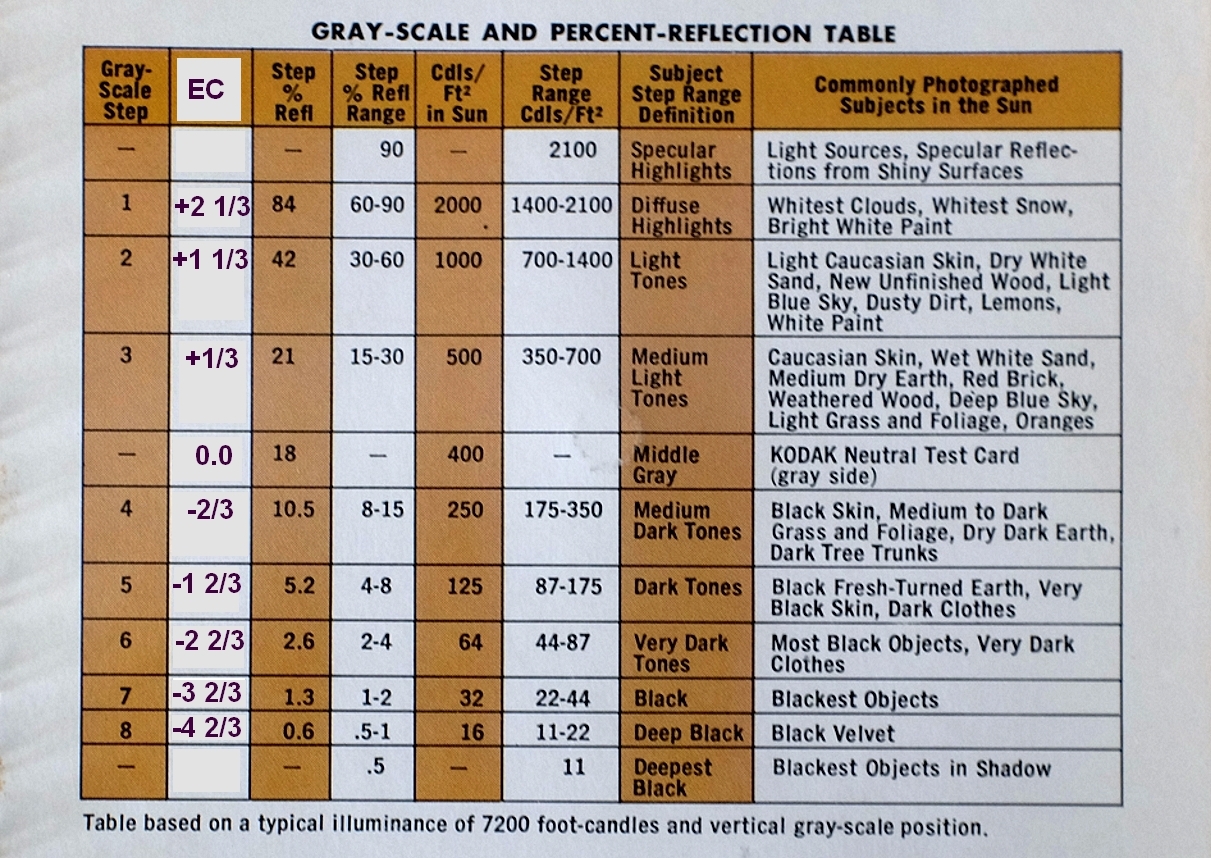David, to me this seems totally obvious. To take your example, you are standing on that beach in Cornwall. Strange light and cloud conditions. You have x Sigma camera, let's say a fixed prime compact such as the DP0Quattro, to eliminate some variables such as lens mm. You are a huge fan of Lea Tippett's photos on the Cornish coast. You have studied and remembered some photos by Lea with the same camera in similar conditions. Aren't you interested in how Lea approached a similar situation?? I certainly would be!
I find every day, every situation out with my cameras to be a learning experience, even if it's only in my backyard (British English, garden) as yesterday. I try to learn and understand more by studying the work of other photographers whose work I admire, be the photos in Arizona Highways (a great magazine for photos) or online.
I even learn from my own photos. DM2Merrill example from Hawaii. Hmm, ISO 125 too low for achieving a decent shutter speed to eliminate photog blur in a deep green foliage forest.
Or another example, husband and I are going back to the US Southwest later this year. Archaeological sites such as Canyon de Chelly I hope and some touring in Navajo country, including where my husband lived when young. (His parents taught school in Navajo schools during 1940s.) Hopefully Monument Valley! I know Rick Decker has photographed extensively in the US Southwest and I need to study his online albums again.
To think that one cannot learn from others' photographic work, say by EXIF, IMHO, is not true. I am forever a student.

